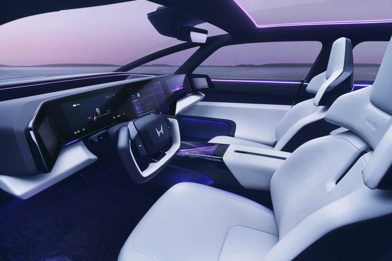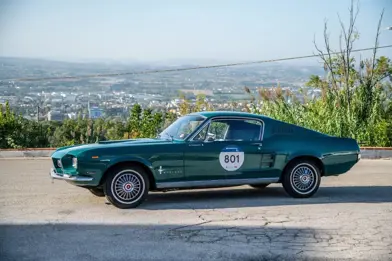It’s well-known in car-industry circles that Porsche is developing eFuel, a clean, near-carbon-neutral substitute for today’s fossil-based petrol.
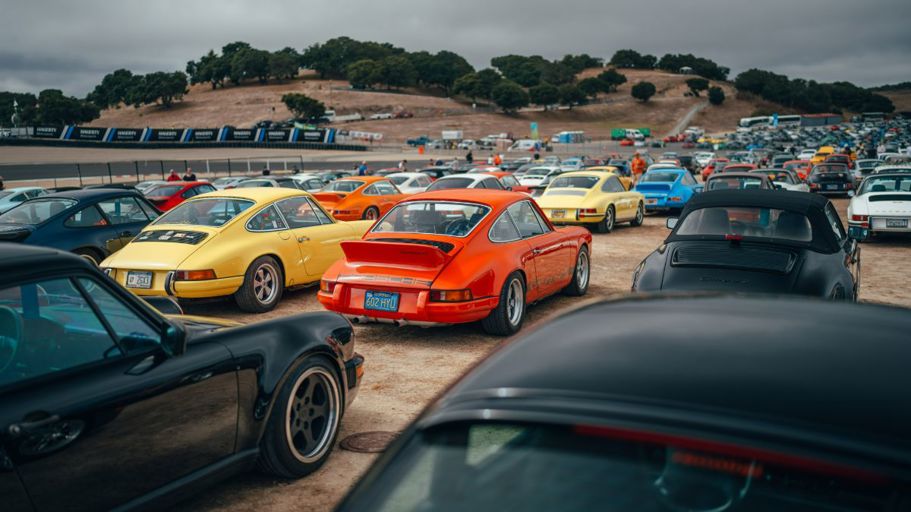
The company is now ready to begin taking the project and its potential to the wider public. The recent Rennsport Reunion 7 event at the Laguna Seca circuit in California – the world’s biggest Porsche fan-fest, with over 91,000 attendees this year – provided a forum for the company to talk openly about eFuel and demonstrate that it’s suitable for all internal combustion cars. Even the most precious machinery.
In fact, Porsche brought a bulk-lot of its eFuel produced at a new Chilean plant, operated by a company called Highly Innovative Fuels (HIF), to RR7. About 1500 litres was used at the event to fuel everything from racecars to Porsche VIP/media shuttle vehicles - either 100 per cent or blended with fossil fuel.
Even the company’s priceless 356 “No1”, the first Porsche ever road-registered. It ran on eFuel for display laps and VIP drives throughout the event, with no modifications or special measures required.

DRIVEN Car Guide joined an RR7 media roundtable with Barbara Frenkel, member of the Porsche Executive Board for procurement. Her day job is to get the stuff… that Porsche needs to make its stuff. She’s also deeply involved with the eFuel project.
This is not only a chance for Porsche, but a chance for all the 1.3 billion mostly-ICE cars already on the road to decarbonise.
“I’m really amazed what feedback we’ve had from consumers,” says Frenkel. “Most have not heard anything about eFuels [until now]; it’s a very ‘expert’ talk we have had, but this is the platform where that expert knowledge gets a little bit more into the broad community.

“The owners, the fans, they love to drive these cars and they are worried: can we do it in the future? So the idea that we are working on a solution is something they are very passionate about.”
We need more activity and we welcome everyone. We are absolutely open to [other companies] joining in.
And that’s the idea, to keep the cars already on the road going into the future. Frenkel emphasises that Porsche is still fully committed to electric power for future models; she also says the company gets its share of criticism over eFuels distracting attention away from e-mobility. That's not the intention.
It’s not even about extending the life of iconic current-showroom combustion models like the 911, says Frenkel: “We will sell the 911 with combustion engines as long as we are legally allowed, and as long as customers want it; our involvement with eFuel does not change that plan.
Captured CO2 could be stored in the earth and then it’s gone forever. Which makes eFuel production carbon-negative.
“But it could be a solution for markets like Europe where there is a limitation for new cars from 2035, that you can only register new cars running on a CO2-neutral basis; although the discussion on what ‘CO2 neutral’ means’ is still not clear.
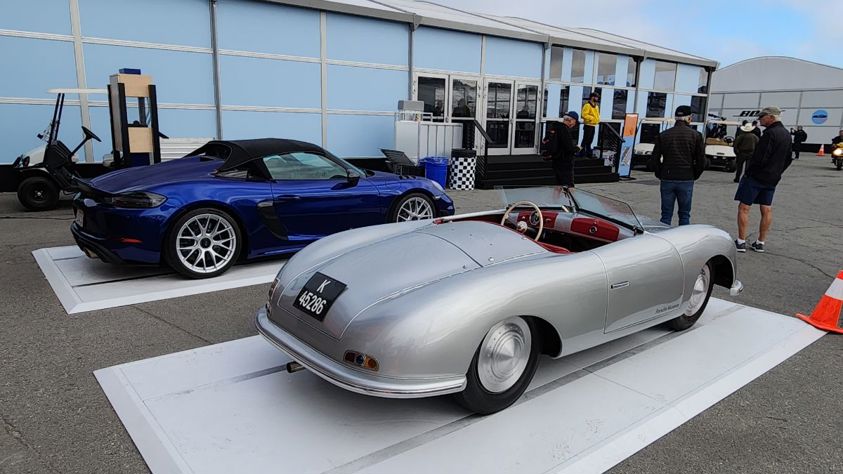
There’s no real business case for eFuel yet, but Porsche is doing it as part of a “pioneering spirit to drive this topic forward,” says Frenkel.
“The cars are not the problem. The fuel is the problem.
"This is not only a chance for Porsche, but a chance for all the 1.3 billion mostly-ICE cars already on the road to decarbonise.”
Yes, Porsche is making eFuel right now
Decarbonising the global fleet is the dream, although it must come from small beginnings. The Chilean plant run by HIF (in which Porsche also has a small stake) is currently only geared up to produce 130,000 litres of eFuel per year, but will scale up to 550 million litres by 2030. That’s still only enough for around 230,000 cars per year.

HIF also has plans for eFuel plants in Texas (to open in 2026), Uruguay and Australia. The capacity of the Uruguay plant is not yet decided, but put the future production of Chile, the US and Australia together and it’s still only 500,000 cars per year.
“Still too small,” says Frenkel. “We need more activity and we welcome everyone. We are absolutely open to [other companies] joining in.”
How do you create eFuel again?
You need a lot of green power to make clean eFuel, which is why Porsche and HIF chose Chile, where energy is relatively inexpensive and the Patagonian wind can be harnessed.
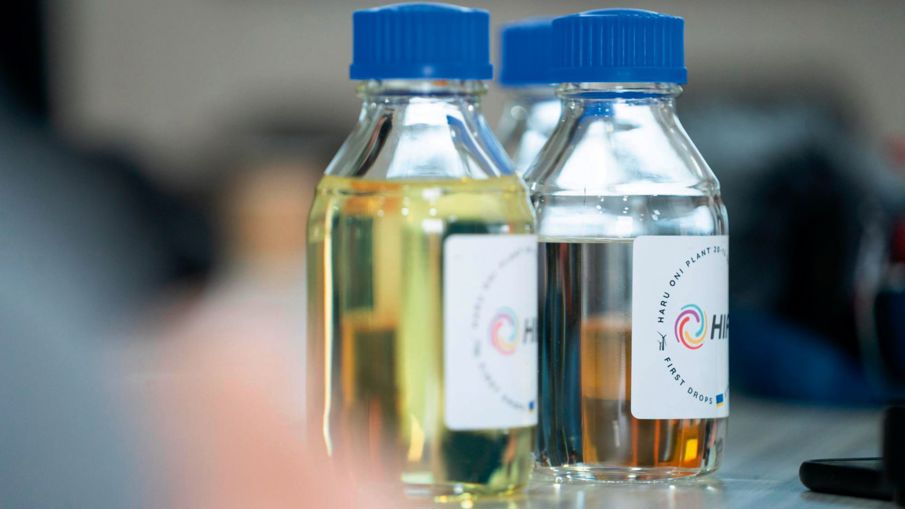
In the eFuel process, hydrogen is extracted from water and CO2 is extracted from the air; they are combined and the finished product is a liquid delivered through a pump to a car's fuel tank, just like normal petrol. It can be engineered to any specification/octane required. Again, just like fossil fuel.
The cleanest way to grab that CO2 is a process called direct air capture (DAC). Air flows through a ceramic filter, with channels that extract and bind the CO2. Once the filter is full it’s vacuumed and heated, allowing the CO2 to be collected in a tank.

One litre of eFuel requires hydrogen from three litres of desalinated water and CO2 from 6000 cubic metres of air.
The Chile plant is not yet using DAC because the technology does not yet allow it to run continuously – only in batches, where the process has to stop regularly for the filters to be cleaned. HIF is currently capturing CO2 from a “biogenic” source – waste product from a brewery. A similar process is being used for some aviation eFuel development.

That’s still pleasingly circular, but not carbon-neutral due to how the waste was created in the first place. “That’s not a method we want to push,” says Frenkel. “We don’t like those biogenic sources.”
Porsche and Volkswagen Group Innovation (the carmaker’s think-tank) have created a new DAC continuous-production unit that has successfully run in lab conditions, and the plan is to scale it up for use at the Chile plant.
“This could make our dream come true and put DAC together with the eFuels process,” says Frenkel.
Won’t eFuel be really expensive?
The manufacturing process is just one element in fuel cost; just as important are location, transport logistics and regional taxes.

According to Frenkel, in the US [just as an RR7-appropriate example], HIF will get $180 per tonne from the government for capturing CO2, plus a $1 per gallon subsidy for producing clean fuel.
“So in terms of production costs… depending on regulations, once we scale it I see a good chance of price parity.”
Making eFuel could actually help the planet
CO2 is greenhouse gas of course – the stuff that promotes global warming. So capturing it is a good thing.

According to Frenkel, the new DAC process developed by VW Group Innovation has the potential to capture vastly more CO2 than is required for eFuel production.
Porsche’s eFuel puts CO2 back into the atmosphere when the car burns it, but it’s carbon-neutral because it was captured from the air in the first place.
What to do with the extra? It can be sold to other industry that uses CO2 as a raw material (still neutral), or as Frenkel says: “It could be stored in the earth and then it’s gone forever.” Which actually makes it carbon-negative.



